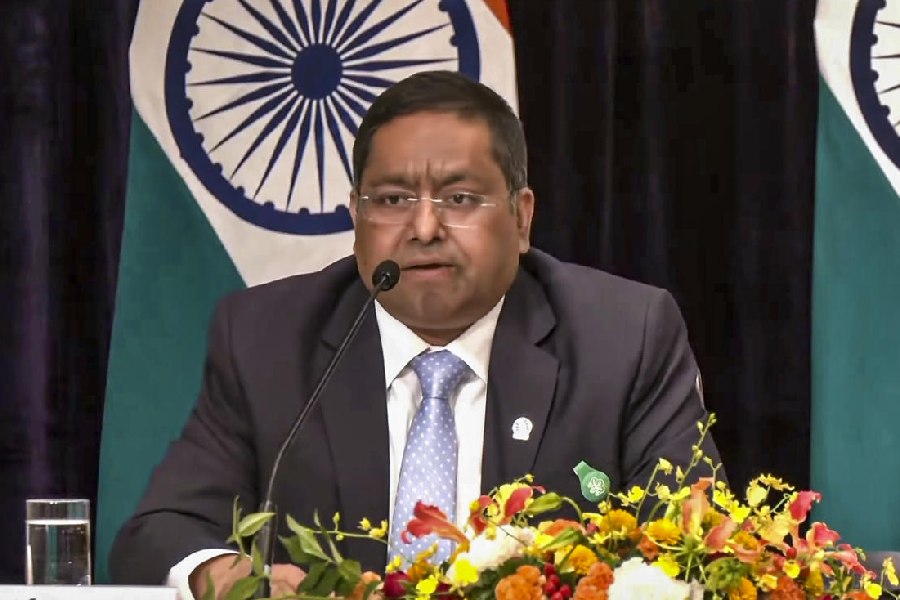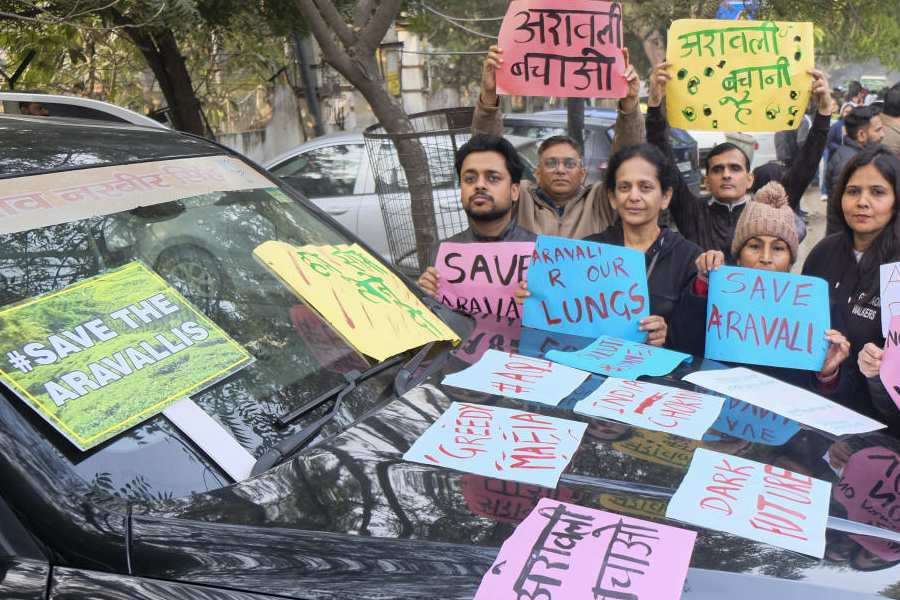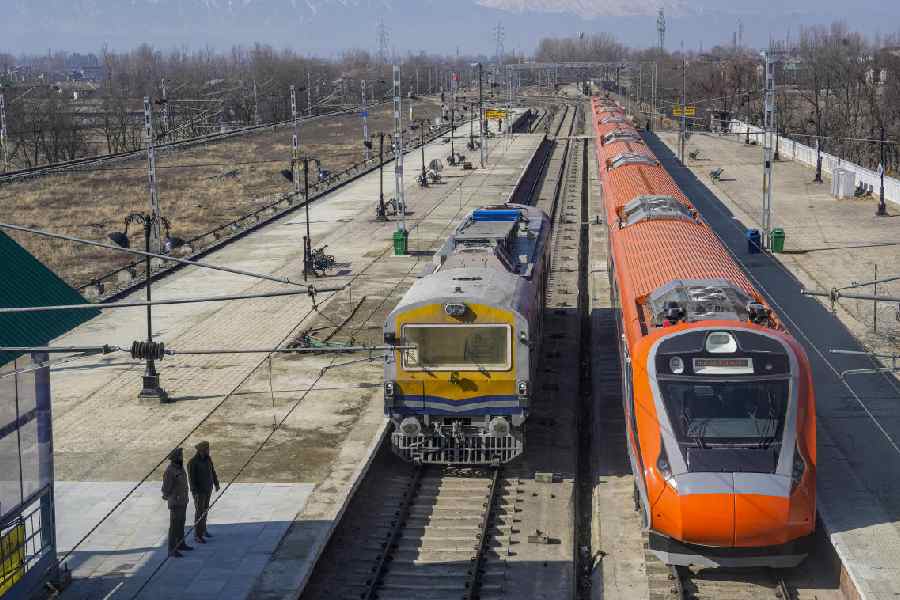
One of the key stumbling blocks to rapid agrarian growth in India is the high percentage of non-cultivating landowners or what in common parlance called the absentee landlords. When a landowner does not cultivate, the land automatically finds its way to the rental market causing low levels of investment, and by implication low growth. Post-Independence, agricultural tenancy was banned in India for being feudal as it encouraged exploitation of small farmers and agricultural labourers by big landlords. While the imposition of such restrictions was progressive, it neither adequately answered the land rights question nor provided a feasible alternative around how the landless or the small and marginal farmers could either own or have access to agricultural land.
Various studies show that close to 35 per cent of India's agricultural land is cultivated by tenant farmers who are either landless or are small and marginal farmers. Most agricultural land rental agreements are informal because landowners are apprehensive that the tenants may permanently occupy the land. This fear comes from the fact that during the land reform processes after Independence, a large number of tenants were given owner-like rights. Though in the last two decades or so, the number of non-cultivating land owners has reduced, the fear persists. This fear of losing land clubbed with the continued existence of highly-restrictive agricultural land-leasing laws often result in landowners keeping their land fallow or under-utilised. The fear is also visible in the duration of the lease that is invariably for short periods. These short-term, informal rentals mean that the tenant has little or no incentive to make long-term, productivity enhancing improvements to the land.
Land experts and agro-economists in the last two decades recognised the need for recording tenancy arrangements so that the above adverse agrarian practices are removed so that there is increase in agricultural productivity and income, increased area coming under cultivation leading to reduced fallow. Moreover, formal agreement recognises tenant farmers as farmers to access institutional credit, inputs and subsidies, and market. In this regard, Niti Aayog in 2015-16, introduced a Model Agricultural Land Leasing Law to guide leasing reforms so that states are encouraged to amend their existing tenancy laws. While Government of Odisha has been fairly proactive in introducing tenancy reforms to ensure inclusive agrarian growth is praiseworthy, it is important for the policy makers to consider the following:
It may be a good idea to communicate that the said bill is formulated to protect the rights of both the sharecroppers and the landowners. The state government need to keep in mind that this is a process to create a win-win situation than protecting one against the other. The intended change in the tenancy arrangement may not succeed if the landowners are not taken on board and feel further intimidated that the state government is trying to protect the sharecroppers only.
It is recommended that the existing patterns of sharing should continue and the state should not regulate rent or share of produce.
Let this be bilaterally decided and agreed by the lessee and the lessor and the rental market play a role as well. The objective of formulating the bill is not to improve the sharing pattern but create provisions to provide compensation for crop loss, input subsidy, insurance cover, and other sundry benefits to sharecroppers' benefits around credit, market and disaster.
Leasing in and leasing out within ceiling limits should be allowed. In Odisha more than 70% of the small and marginal farmers either lease in or lease out their land. The normal practice is that they have some land and lease in some more from either big or small farmers. The right to lease out land would give these categories of farmers additional choices and encourage occupational diversification as a skilled migrant labour to urban centres.
Therefore, small and marginal farmers should not be barred to lease out land. Sharecroppers should be identified as farmers. Farmers in our country are defined as "one who cultivates his own land". By this logic, sharecroppers are not farmers as the land they cultivate are not theirs. Along with land leasing reforms, in order that the agrarian sector experiences a faster and inclusive growth, the following points may deserve due attention:The biggest reason for crop loss in irrigated area, especially in west Odisha, is pest infestation caused due to weather vagaries and excessive moisture.
Farmers - both owners and tenant farmers don't get any compensation as the government definition of crop loss does not include pest infestation as a reason. In the unirrigated pockets, the tenant farmer doesn't get the crop loss compensation as the landowner gets it. In both irrigated and unirrigated pockets, there is almost no fall back mechanism for the tenant farmers. Besides short term leases force tenant farmers to unusually increase the use of chemical fertilizer and pesticides which yields immediate benefits but degrades the soil and hits productivity in the long run despite increased input cost.
(The author is director, Centre for Rights & Resources, Centurion University of Technology & Management)










